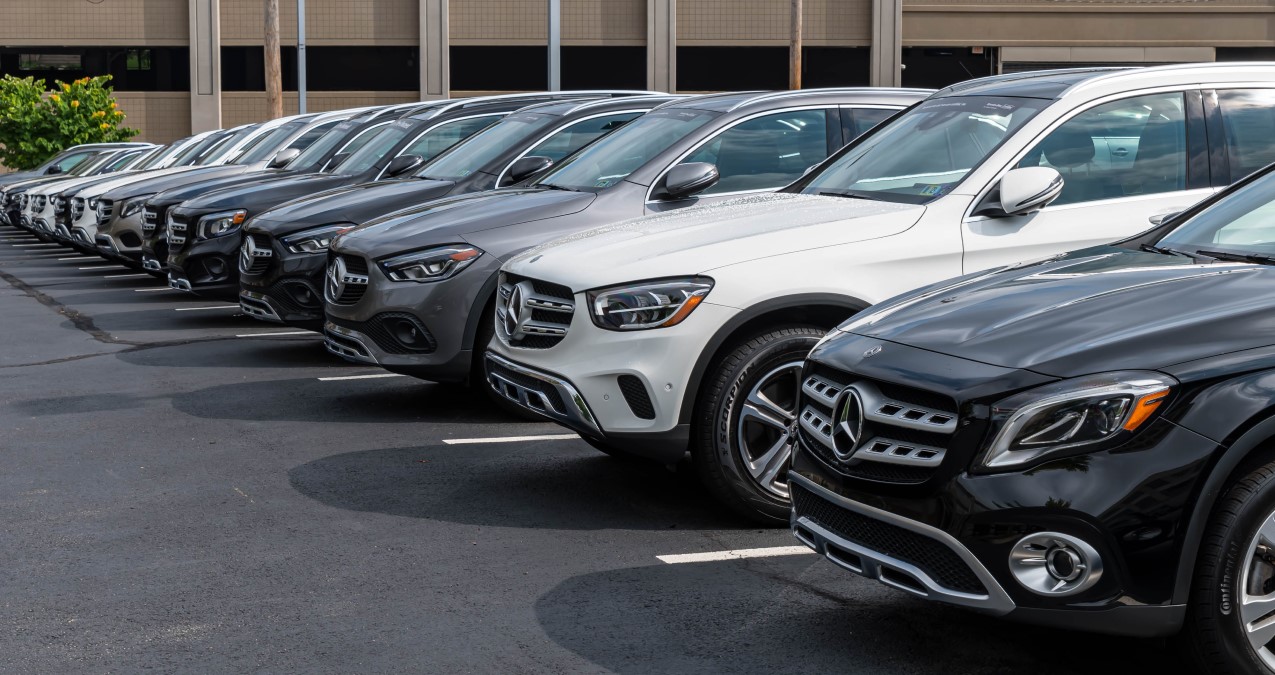They say comparison is the thief of joy. And when they say it, car dealers nod.
Dealers have plenty of cars to sell. Inflation is starting to settle. Americans are getting tax return checks in their bank accounts again. These conditions don’t seem so bad for the general manager of the local car dealership.
But she remembers better times not long ago.
A Study of How Dealers Are Feeling
Kelley Blue Book parent company Cox Automotive surveys car dealers once a quarter to understand how they see the current state of car shopping. If you’re shopping for a car, the Cox Automotive Dealer Sentiment Index is helpful because it tells you how the other side of the negotiating table feels.
They’re feeling down about the near future.
The index scores dealer attitudes toward the market on a 100-point scale. Anything above 50 means they’re generally optimistic about the future. It approached an all-time low at the end of 2023, hitting 40.
The index improved slightly in the first quarter of 2024 — but only to 42.
The Market Has Shifted in Shoppers’ Favor
“After some highly profitable years for many dealers, 2024 will be a tough comparison,” says Cox Automotive Chief Economist Jonathan Smoke.
Related: New Car Prices Dropping Slowly, Steadily
Dealers dodged a bullet when the auto industry settled a strike before the supply of new cars fell short. They see the same slowly improving economic numbers most of us see. But “dealer costs continue to grow, and profitability per sale has dropped,” Smoke says.
Car sales are “shifting from a seller’s market to a buyer’s market.”
The current sales environment for new and used vehicles improved during the last quarter but remains lower year-over-year. The new-vehicles sales index improved 1 point to 52, down from 57 one year ago. Likewise, the used-vehicle sales index increased 1 point to 40, down from 44 a year ago and well below the long-term index average of 50.
Buyers Have Options
Dealers feel good about their supply of new cars. They should, as many have more than they can sell and more coming.
The new-vehicle inventory index hit an all-time high of 75 in Q1, indicating that most franchised dealers see their inventory growing, not declining. The new vehicle inventory index has shifted dramatically over the past two years. The index is up from 63 in Q1 2023 to 25 in Q1 2022, when low new-vehicle supply was among the most-cited factors holding business back. That constricted supply is no longer the case.
However, those low inventory numbers helped dealers sell each car at a higher profit. Dealers know high inventory means shoppers have options and can leave to find a better deal elsewhere.
The overall profits index is now at a new low point of 37, the weakest other than Q2 2020, when much of the U.S. economy was shut down.
When asked about factors holding back business, Interest Rates, the Economy, and Market Conditions continue to be the top concerns for U.S. automobile dealers. All three factors decreased compared to Q4 2023, with the Economy and Market Conditions decreasing significantly.








